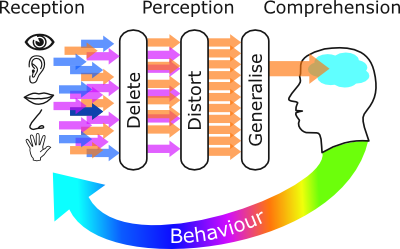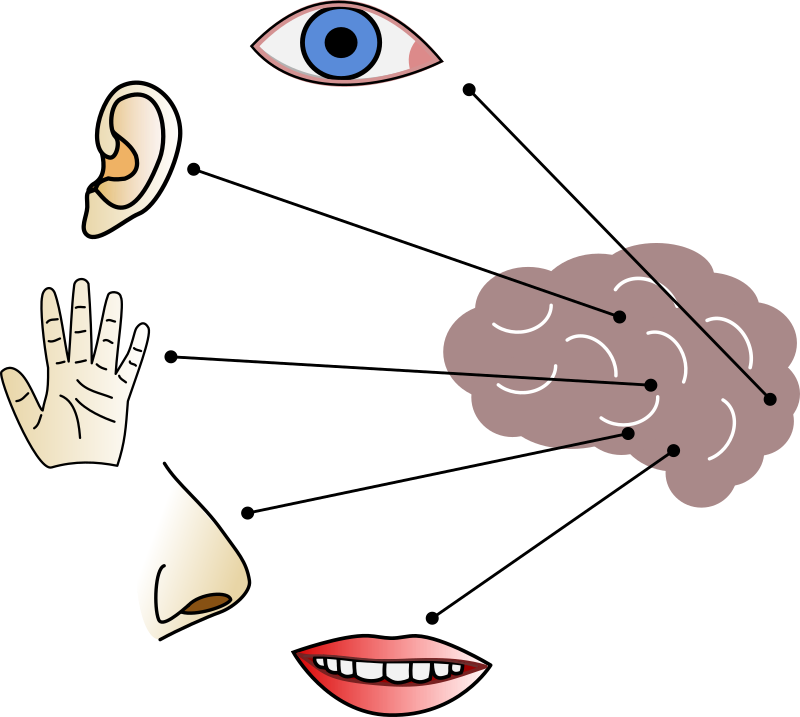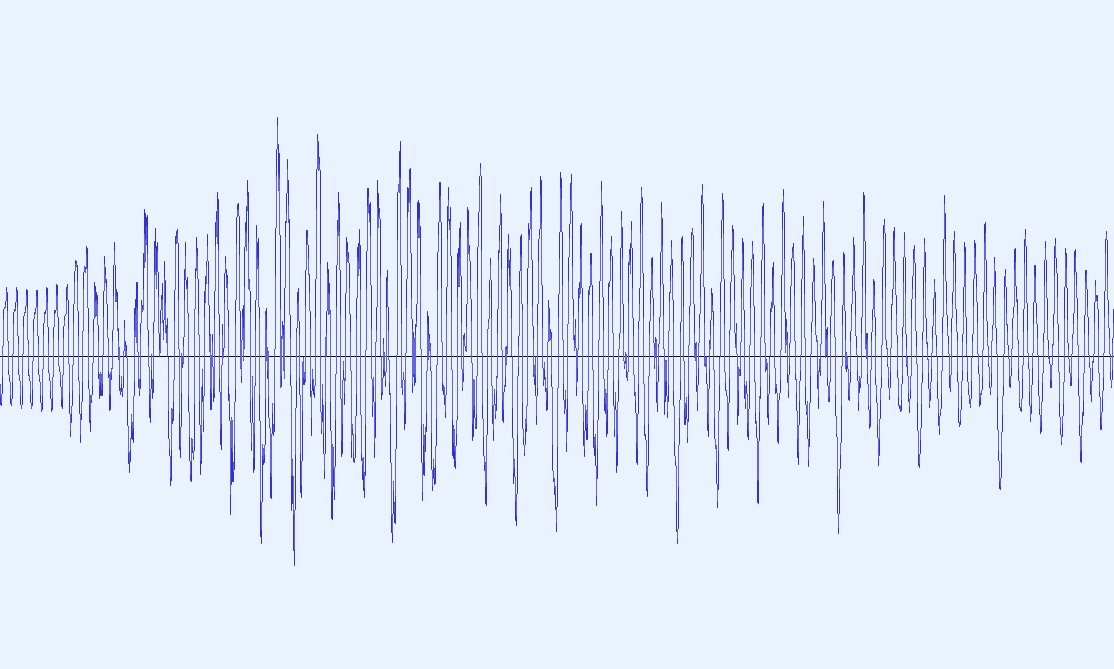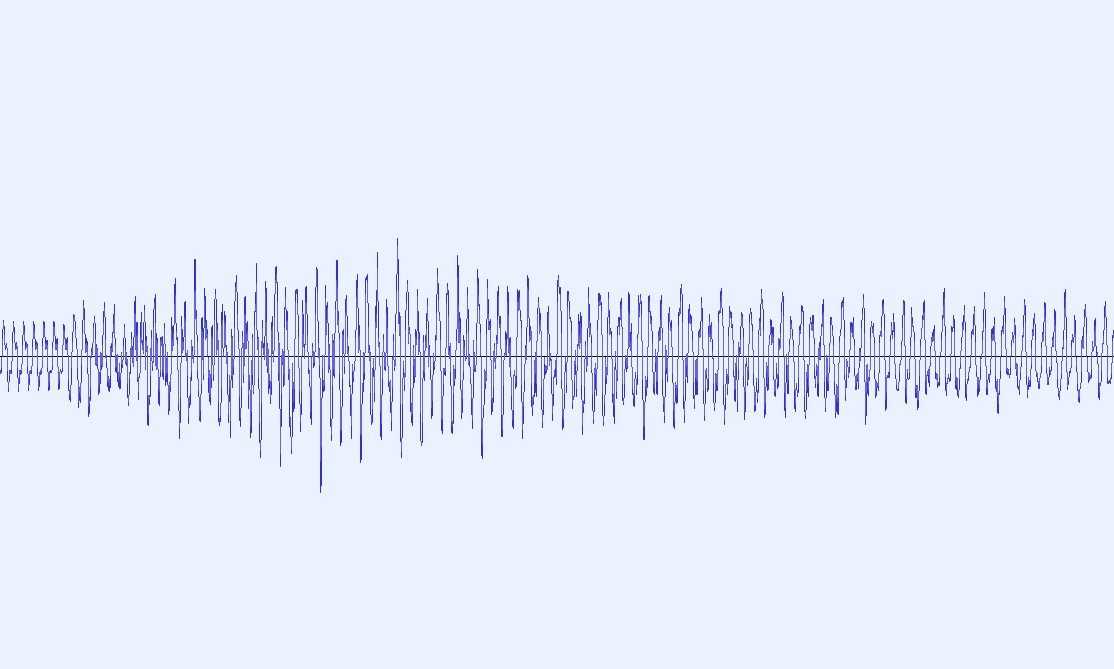The fundamental principle of NLP is that our experience of reality is not created 'out there' in the world, it is created through a series of subjective processes so that we each create our own personal reality. Conflict arises when our separate subjective realities have no common ground and we are left unable to communicate with others. But how do we know what is being lost or changed as information enters our personal, individual experience?
In any good NLP training, you will learn about three 'perceptual filters' which reduce the complexity of the outside world to something that our limited nervous systems can cope with. There is more information available in the world than we can process - in fact there is more information in the world than we have senses to detect, which is why scientists build instruments to detect events which we are otherwise unaware of. For example, you can't see ultraviolet light, although you will feel its effects after a day in the sun.

For events in the world which are within our range of perception, detectable changes are converted by our various sensory systems into electrochemical signals conveyed along nerve fibres to the brain. Whether you're sending heat or pain or red or music or a tickle, the signals reaching your brain are identical. What makes the difference is where those signals enter the brain, so if the signals arrive in the visual cortex, you see something, and if the signals arrive in the auditory cortex, you hear something.

It's hard to track down where the idea of sensory filters first came from. The idea is connected to the field of Transformational Grammar, which studies the relationship between your sensory experience and the words which you use to describe it. The transformations are consistent, and so by paying attention to the structure of language, we can deduce the underlying patterns which determine a person's behaviour.
This concept of sensory filters makes it easy to understand how we reduce our life experience into something memorable and manageable. As a NLP trainer, I can easily demonstrate the presence of these filters, for example by asking you to notice the feeling of your feet on the floor, and to then notice that you were not aware of that sensation until I pointed it out to you.
The drawback of this concept is that it is simply not true, and is therefore misleading. When I say it's not true, I mean that there is no known structure in the brain which filters information, however if you remember any event in your life, there will be missing information. By examining what's missing, we can say that you have deleted information, but to delete means that we took an action to remove something. Your emails don't delete themselves, you have to press a button or click a link. However, you are unaware of most of the emails in your inbox, simply because you're not paying attention to them. You didn't take any action to delete them, you simply don't look at them.
Delete, distort and generalise are philosophical distinctions, they do not relate to any neurological process. We remember only part of what we experience as life. The important question is, which parts do we remember and which parts do we forget?
In NLP, the most important tool that we use for understanding these subjective changes is the Meta Model, which is derived from the field of Transformational Grammar. If someone recalls a meeting with their boss as a still, blurred, distant image then we know that the visual memory has been distorted from its original form. Changing a moving process, "meeting my boss", into a still image, "a meeting" is called a nominalisation - a verb transformed into a noun, an action that has become a thing. Like a movie transformed into a marketing poster, something has clearly been lost from the original.
Some NLP trainers have tried to put the different Meta Model patterns into categories, and quickly get stuck because there isn't a neat alignment between the two. For example, is a nominalisation a deletion, a distortion or a generalisation? The answer is blindingly obvious - it's all of them. These three imaginary filters are inseparable. Each Meta Model pattern is the result of an experience being 'filtered' through all three. Every statement that you hear has been deleted, distorted and generalised. Every memory in your head has been deleted, distorted and generalised. We really can't say where one filter ends and the next begins, simply because they are not real, physical structures.
The delete, distort and generalise filters are analogous to software filters in your computer - they act as if a real filter is there, and if we compare the input and output signals then we can see that something has changed.
It's difficult to explain this without getting 'technical' so I'll try using a music analogy. If you look at a typical set of hifi speakers, you'll see that each box has two speaker units in it, called drivers:

The big driver handles the low notes and the small driver handles the high notes. If you put your ear next to your own speakers, you'll hear the difference. Big drivers are bad at producing high sounds, and small drivers would be damaged by the low sounds. Therefore, we need a way of splitting the audio signal and sending only the high notes to the high driver, and the low notes to the low driver. This is achieved using a 'crossover', which looks like this:

The components in a crossover work together to allow through some frequencies and block others. In electronic terms, we call this type of circuit a 'filter' because that's what it does.
Now let's have a look at some music. Of course, you can't 'see' music, so this is a visual representation created by my computer:

I can get the software to block out the low frequencies which it does only by performing mathematical calculations on the numbers which represent the music. The result looks like this:

You can immediately see that it looks different. But can you hear the difference? Here are three examples of the same piece of music for you to listen to; one is 'normal', one has the low notes blocked out, and one has the high notes blocked out. This is exactly what the speaker's crossover does.
Normal
Low notes only, high notes blocked out
High notes only, low notes blocked out
Here's the main problem - there is nothing in my computer which looks anything like a crossover filter. It simply doesn't exist. However, its function can be replicated in software. We can hear the effect of the filter, even though the filter doesn't actually exist anywhere. We can talk about the difference between the musical samples as if they have been through a crossover filter, but they haven't. The software control is even called a filter in the menu. But it isn't a filter. It's a set of mathematical operations which produce an effect similar to that of a filter.
Here's another problem - when you are listening to music through your hifi, you can't actually hear the distinct groups of frequencies coming from the different drivers. Your ears and your brain merge it all back into one auditory experience. You hear the music, not the frequencies. The filters did their job in sorting the sound going to each driver, and then that process was lost again. It became inseparable from 'reality'. In the same way, you can never be fully aware of the action of your sensory filters because they are your reality.
And, at the same time, they don't exist at all.
Now, you might be thinking, "If it acts like a filter, and sounds like a filter, then it is a filter". However, that's far too simplistic a view. Anyone who believes that music printed onto vinyl has a quality which cannot be replicated by CDs or mp3 files will understand the difference. The CD recording is measurable better, but the vinyl recording is tangibly nicer.
How do we bring this back to the study of NLP?
In cooking, I know that an egg will 'solidify' a recipe. However, putting an egg into a falafel mix is OK, whereas putting it into a watery tuna curry is not. I know this from personal experience. Egg, tuna and curry powder do not mix. Just because ingredients have a similar effect does not make them interchangeable, because the effect is dependent on the context. If, as Practitioners, we believe that our clients have in-built filters which delete, distort and generalise, we might fail to notice the specific transformations which are taking place. To categorise these processes as deletions, distortions and generalisations is itself a generalisation. It's really not that simple. It is far simpler.
How do we know what is being lost or changed as information enters our personal, individual experience?
Imagine you're working with a client. Imagine that they're telling you about their frustration at work. Endless meetings. Indecision. An atmosphere.
Instead of diving into problem-solving mode and exploring their 'values', stop, step back, get a comparison. Ask them about a wonderful day out they've had to somewhere special. You'll hear active verbs, movement, time passing.
Now you have a comparison. You cannot know what the 'problem' is without a frame of reference. If you only hear the client's first story, then you are using yourself as the point of comparison. You're coaching yourself!
By the way, this, in NLP terms, is calibration. If you've come across calibration before, you've probably heard of it as a method of noticing the client's rate of breathing and their pupil dilation and the movement of their eyebrows. This is nonsense. This is not calibration. Just think about what the word means:
calibrate
/ˈkalɪbreɪt/
verb
- mark (a gauge or instrument) with a standard scale of readings
- correlate the readings of (an instrument) with those of a standard in order to check the instrument's accuracy
- adjust (experimental results) to take external factors into account or to allow comparison with other data
To calibrate, you need a fixed point of reference, which cannot be you, because you're not the standard for the perfect human. You can only calibrate a person to themselves, by testing when their responses change in relation to their environment. When do they feel this way? When does it start? When does it stop? Are there any exceptions?
When you calibrate by asking your client to tell you about two contrasting experiences, you can hear that time is passing for an enjoyable experience, and time seems to stand still at work. Duh, of course. Isn't that true for everyone? First, no. Second, it doesn't matter what other people experience. We're interested in what this client experiences, why, and how their memory of a day at work differs from the reality of a day at work. They describe a still image, but they must have experienced a moving image. They describe time standing still, but time must have passed. Why are they distorting their experience? How does this serve them?
If the client says, "Nothing interesting ever happens", we can hear a generalisation ("nothing"). So what? Well, we are not hearing a generalisation, we are hearing a difference between the word and the experience which it must describe and we are calling that difference a generalisation. The difference is subtle yet very important. The client did not generalise their experience. We heard an effect which we are labelling 'generalisation'. The client is telling us, in the structure of their language, that they want their work to be interesting, and that's not how they feel about it. That is not a problem with the nature of their work. That is a problem with the client's expectations.
When we listen carefully to the structure of the client's language, we can hear words which cannot logically describe an experience which exists in this universe. Time cannot 'stand still', yet we can talk about it in that way.
We can describe the effect of this as being a distortion, or a deletion, or a generalisation. It doesn't matter. You can describe the effect of someone with a high pitched voice as if they have a high pass filter, but they don't. It just sounds that way.
As a NLP Practitioner, you will be more effective when you distinguish between the reality of the person sitting in front of you, and the generalisations taught by other people in the past - even when those generalisation work their way into the folklore of NLP.
Remember, the concepts of these filters was created by philosophers back in the mists of time, not by neuroscientists studying brain structures. We talk about them as if they exist, and we talk about all relationships as if they exist. What we're actually noticing is difference - the difference between what someone said, and what we think they should have said; what we think makes sense. Once again, in trying to understand perceptual filters, what we're actually revealing is our own subjective reality. Remember that in order to see your client's distortions, you are first looking out through your own.
